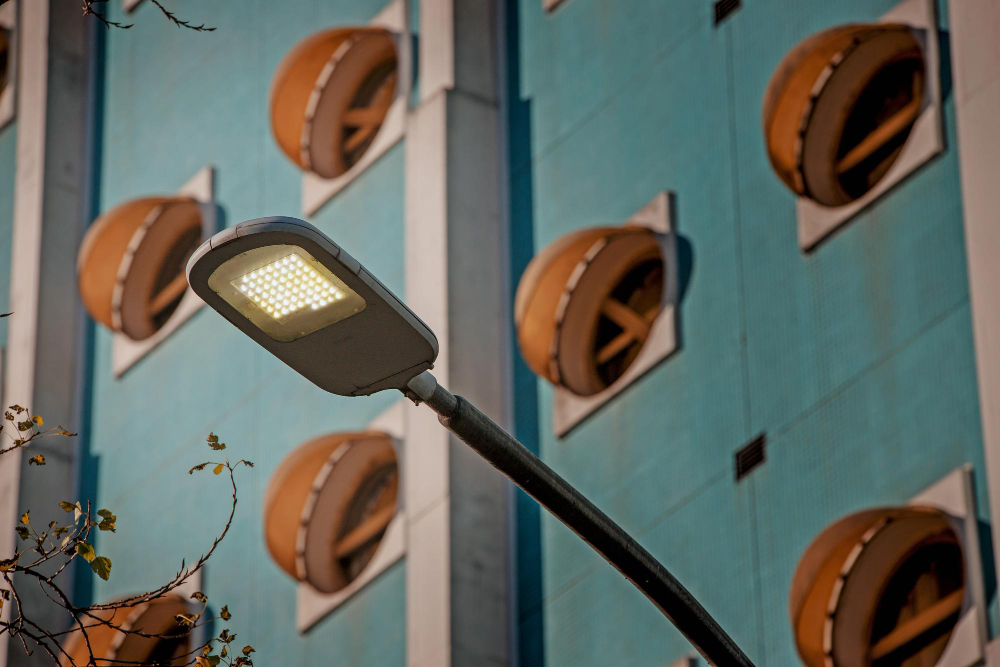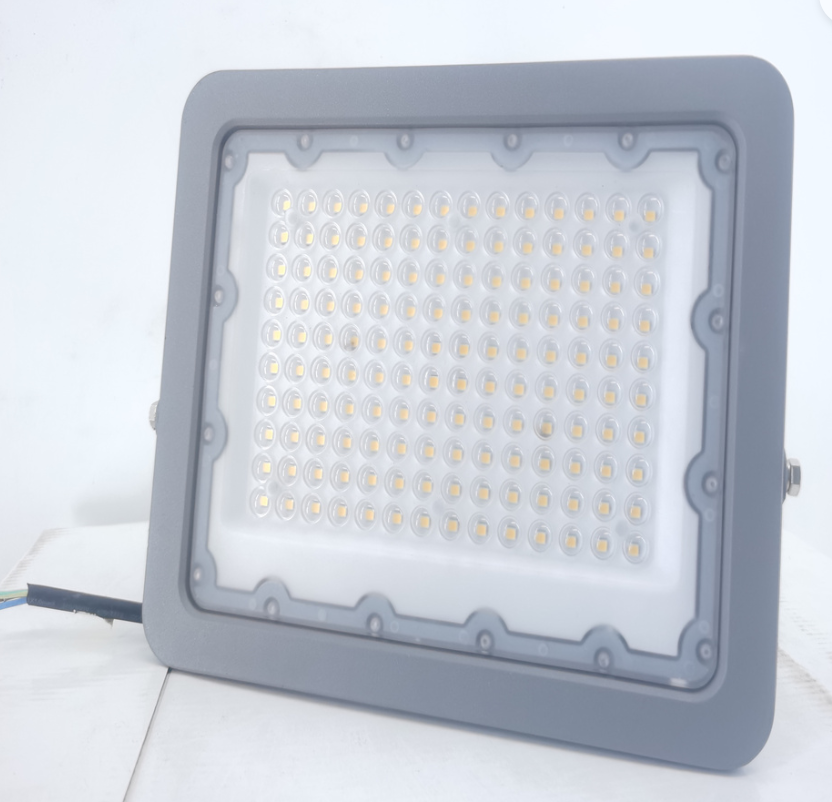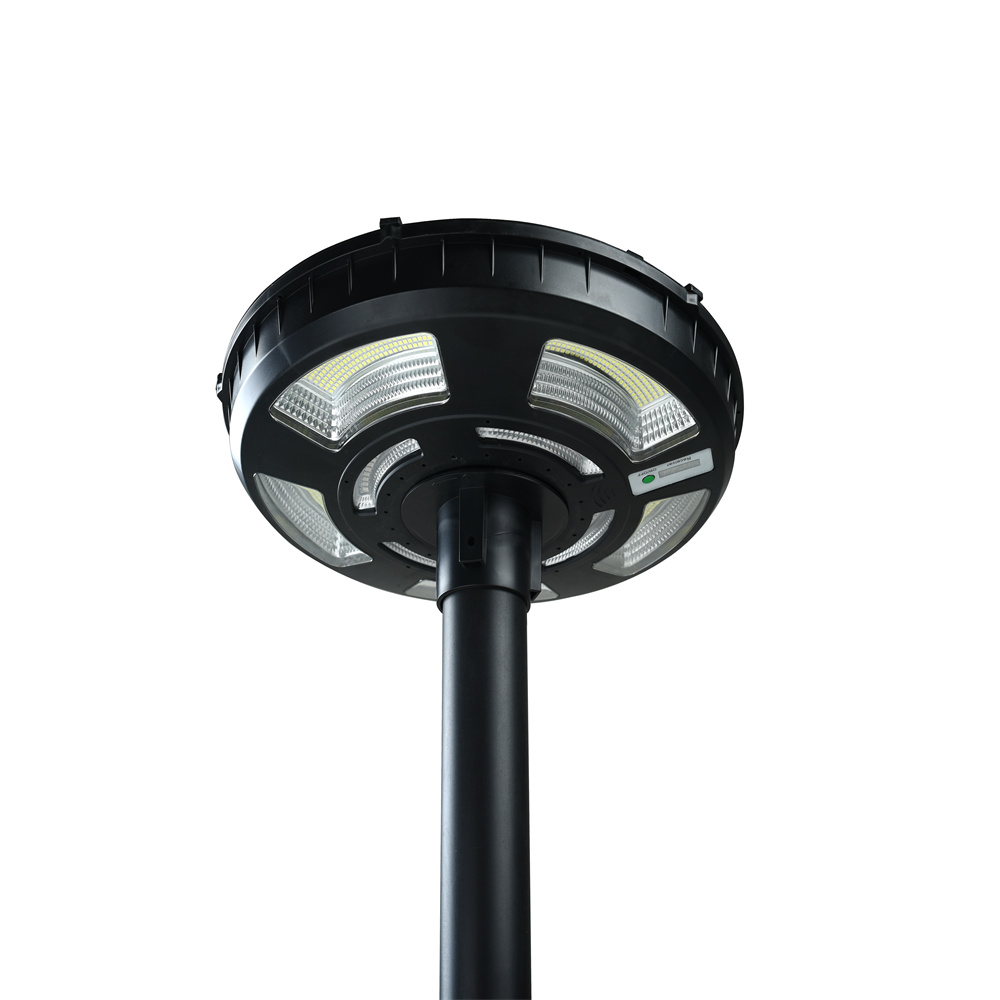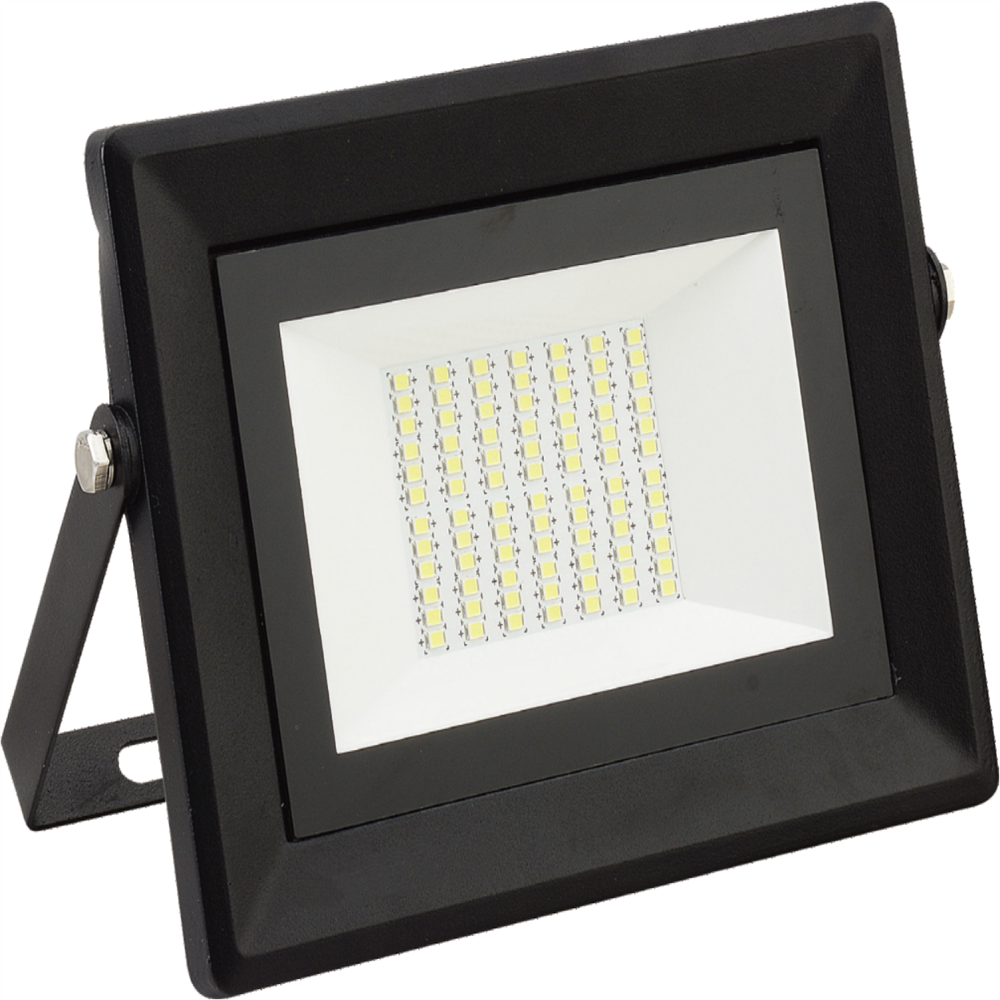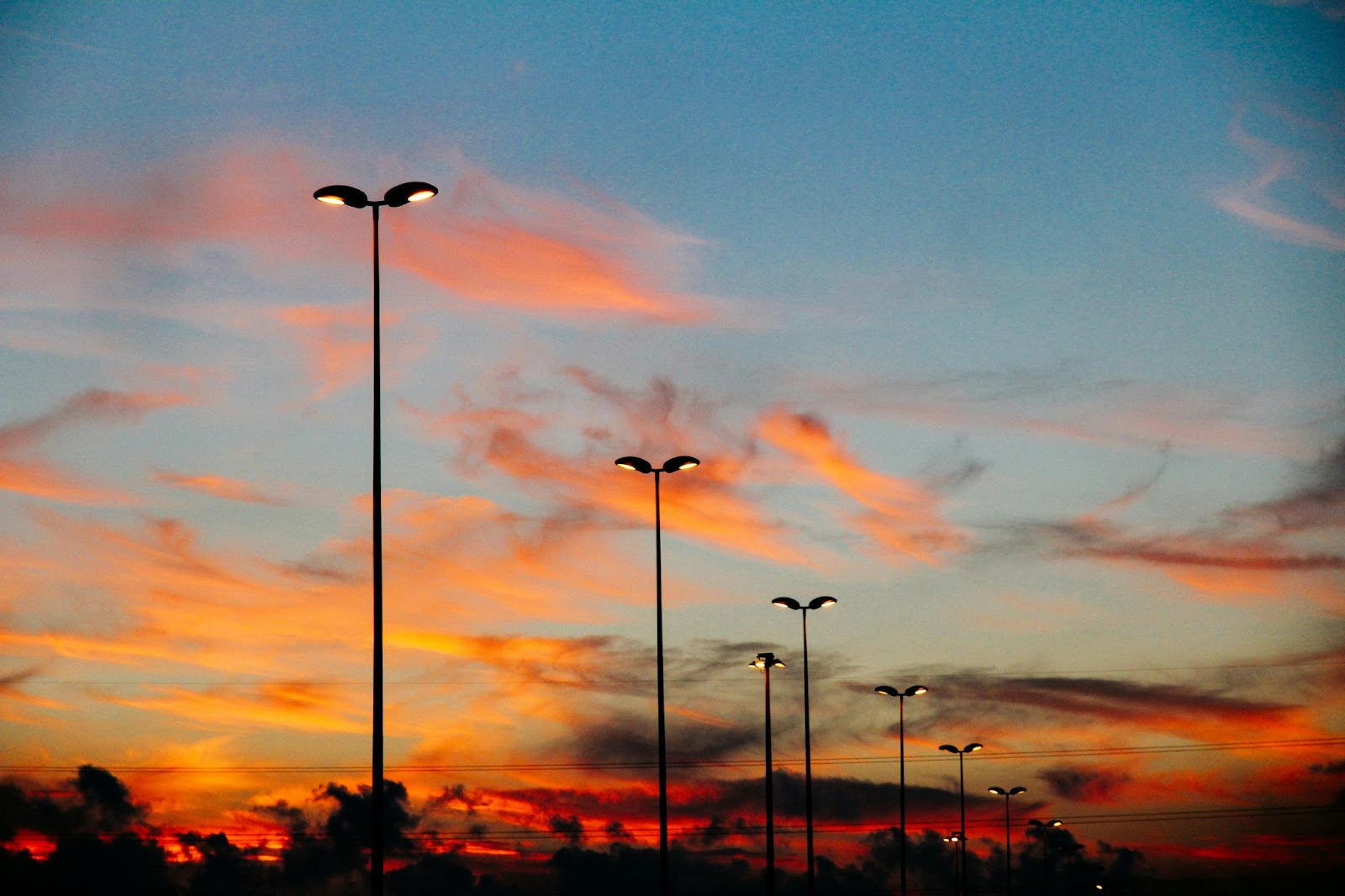In order to get the intended outcome, it is crucial to take into account a number of criteria while choosing highway lighting, including durability, lumen output, fixture type, and efficiency. Color temperature is an important factor, however, and it shouldn’t be disregarded. Now let’s explore color temperature’s importance in road illumination. What is color temperature? […]
In order to get the intended outcome, it is crucial to take into account a number of criteria while choosing highway lighting, including durability, lumen output, fixture type, and efficiency. Color temperature is an important factor, however, and it shouldn’t be disregarded. Now let’s explore color temperature’s importance in road illumination.
What is color temperature?
In case you are unfamiliar with lighting terminology, color temperature describes the hue of light that a lighting fixture emits. We call it CCT, or correlated color temperature, and we measure it in Kelvin. Cooler light looks blue and has a CCT of around 5000K, whereas warm light often has a yellowish hue and has a CCT of about 2700K.
Which temperature is right for roadway lighting?
Correlated color temperature (CCT) ratings for lighting exist in a variety of forms. But not every temperature is appropriate for every place. The two main issues to consider when designing road lighting are light pollution and visibility. Though it may seem that cooler, brighter light improves vision, it’s crucial to weigh the benefits of visibility against the effects of light pollution. It is customary to employ CCT around 4000K for residential roads in order to reduce bluish-white light’s ability to disturb sleep. To improve attentiveness, a higher CCT is advised for major routes and highways.
What about lumens?
A lot of folks confuse lumens with CCT. They believe that in order to see better in a warmer environment, they need more lumens. But keep in mind that color temperature refers to the hue of the light, while lumens measure brightness. To get the ideal result, it is important to comprehend how they link to one another. But just because the light has a warmer tone doesn’t mean that the lumen count needs to go up.
LED Street Light Color Temperature
To accommodate a range of illumination requirements and tastes, LED street lights are available in many color temperatures. The most typical ones fall between 3000K and 5000K.
Warm White (3000K):
These 3000k led street light give out a warm white glow that is ideal for outdoor and domestic settings where you want to create a friendly ambiance.
Neutral White (4000K):
This color temperature is perfect for business and urban environments since it balances warm and cold tones. It provides a feeling of security and clear sight.
Cool White (5000K):
Lights emitting a cool white light are brilliant and have a color temperature of 5000K. They are ideal for locations where excellent visibility is required, such as parking lots, highways, and industrial zones.
When choosing LED street lights, municipalities, and lighting experts may make informed decisions for their communities by realizing the significance of color temperature. They may design well-lit, secure, and aesthetically pleasing public areas that are advantageous to everybody by taking into account elements, including the intended ambiance, visibility specifications, and local preferences. LED street lights are a fantastic option for contemporary urban lighting solutions since they provide benefits, including cost savings, environmental friendliness, and energy efficiency.
Read Next: Benefits of LED Street Lights





